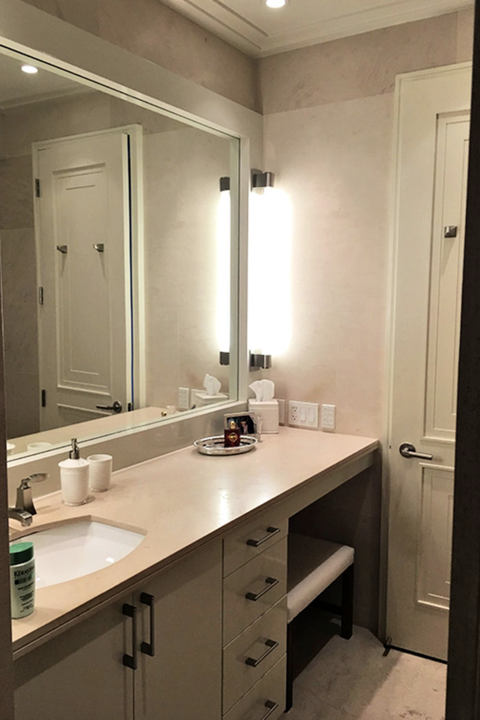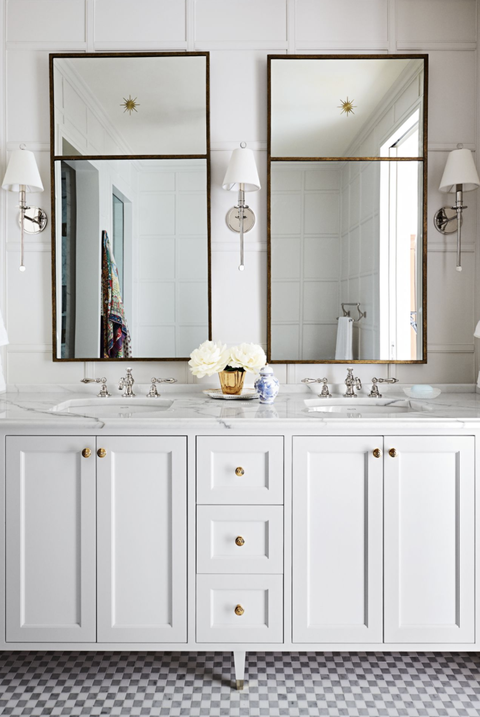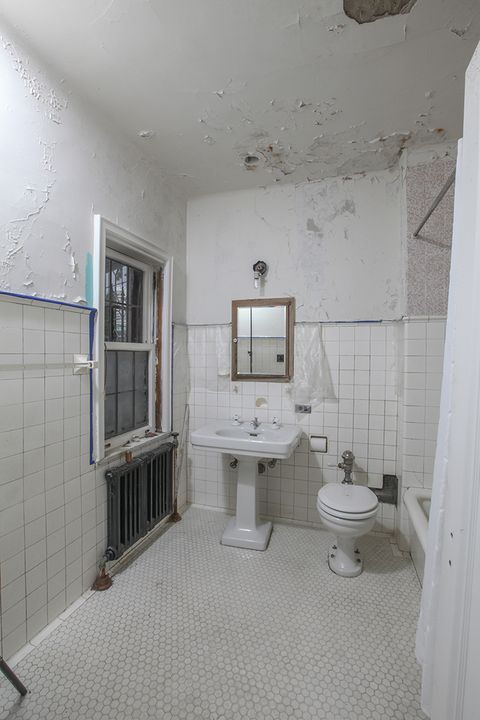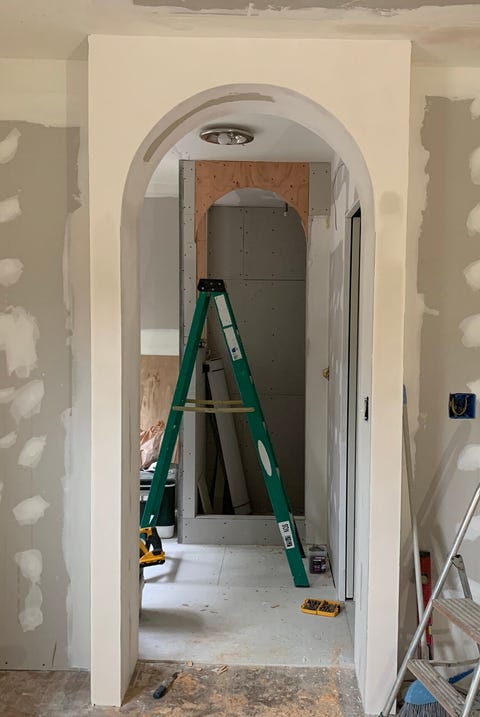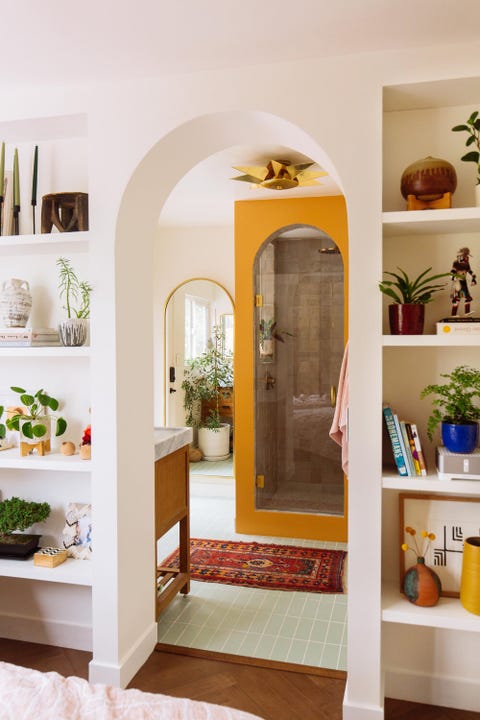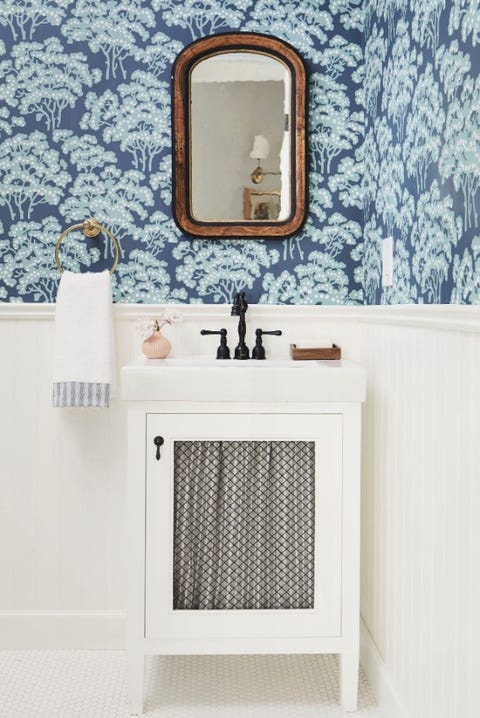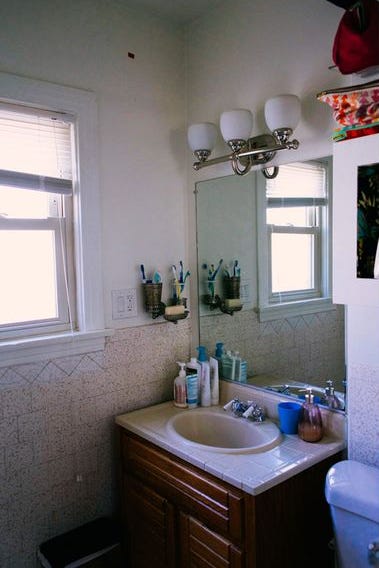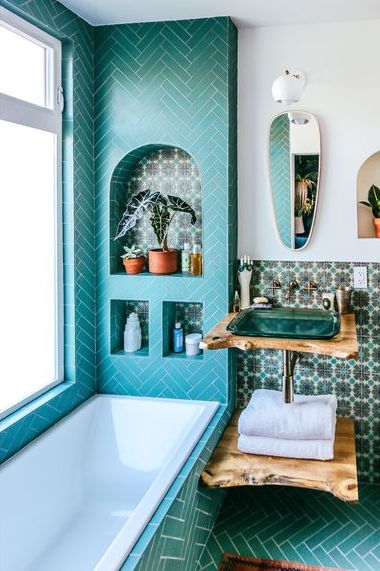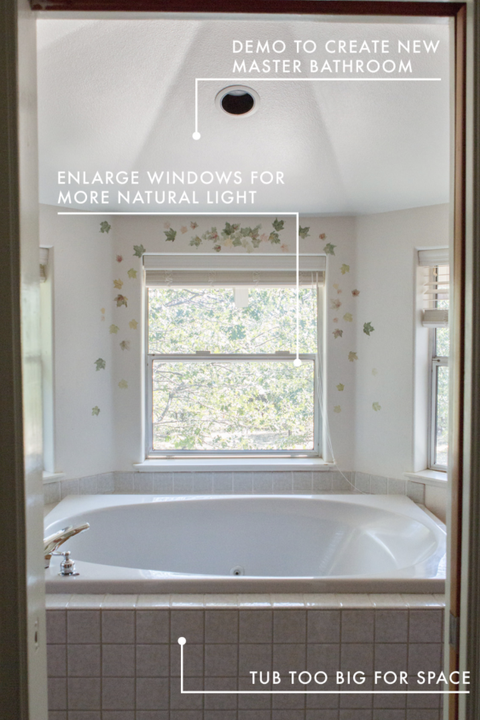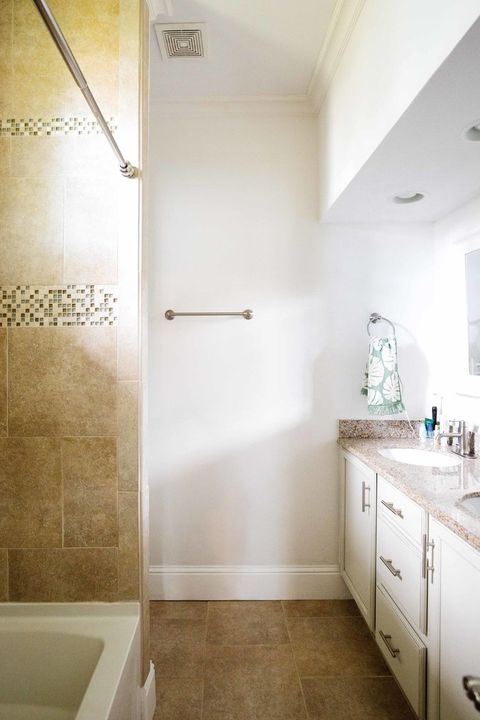News & Events
8 Toilet Designs That Could Save Millions of Lives Around the World
Mar 19, 2021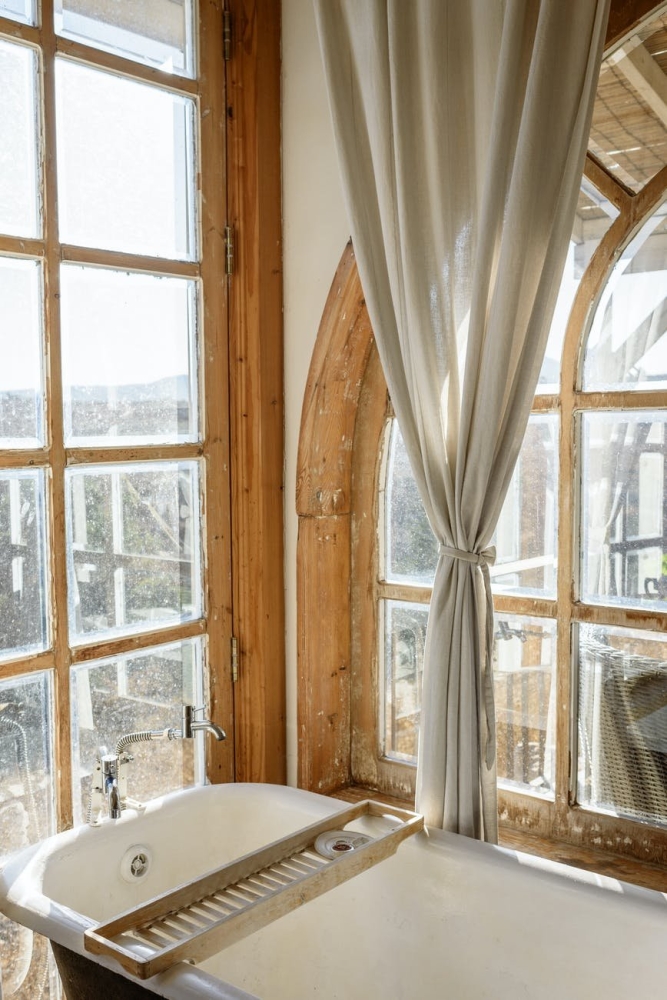
By Taz Loomans
Ecological Urinal
The Ecological Urinal was created as a solution for places like Uganda’s capital, Kampala, where on average, 1,000 people have to share the same toilet. The make-shift urinal is an adaptable funnel that connects to locally available jerrycans. It collects urine, stores it in a sanitary way, and turns it into a high-quality fertilizer. It costs only $3. The Ecological Urine was developed by Design without Borders, with Sarah Kell as the lead designer, and has been selected as a finalist for the 2013 Index Award.

Loowatt
The Loowatt is a waterless toilet system that transforms human waste into biofuel. The composting toilet is molded from 90% horse dung and features a biodegradable lining that stores excrement in a sealed, odor-free container. Once the toilet is full, the user takes the package of poo to an outdoor biodigester, which in exchange, provides a free source of biofuel for cooking. Designed by Virginia Gardiner, the Loowatt received an honorable mention from the AIGA Design Challenge and was a finalist in the Buckminster Fuller Challenge.

Sabine Schober Toilet
The Sabine Schober toilet uses the Terra Preta Sanitation technology, which treats urine and excrement by mixing it with charcoal to produce highly fertile soil for reforestation. It is also unique because it can be used in both the sitting and the squatting position. For only about $70, the toilet can be built using three robust components made of sanitary ceramic on the outside and a plastic container on the inside that collects pee and poo. The design allows for a water sprayer for cleansing, which can be attached to the side of the toilet. The treated excrement, which can be used as compost, can be removed from the back of the toilet. Designed by industrial designer Sabine Schober, this toilet was the winner of the 2013 World Toilet Organization Design Award.

The CRAPPER
The CRAPPER, which stands for Compact Rotating Aerobic Pollution Prevention Excreta Reducer, is a self-contained, horizontally mounted, rotatable bio-drum based compost toilet that costs about $100/unit. It maximizes aerobic degradation to dramatically reduce waste volumes and is odorless. The drum housing is designed to allow for safe, sanitary and easy access for the removal of excess compost when the chamber becomes full. The private composting toilet is designed to be located near a family’s home, providing safe access for family members and guests. The CRAPPER was created by Toilets for People.
Caltech Toilet
The Caltech Toilet is a solar-powered, self-cleaning toilet that converts urine and waste into hydrogen and fertilizer. The toilet features a solar panel that powers an electrochemical reactor, which in turn, breaks down waste into sanitized solids and hydrogen that can be stored in fuel cells to power the reactor on cloudy days. A pump sends treated water to a reservoir on the top of the toilet, where it can be used for irrigation or other purposes. The toilet was developed by the California Institute of Technology, with Michael Hoffman as the team leader and won the $100,000 first prize at the Gates Foundation Reinvent the Toilet Challenge last year. This toilet does however come with a hefty price tag of $2,200/unit!
Loughborough University Toilet
The Loughborough University Toilet aims to convert human waste into carbonized material to provide heat, minerals for soil conditioning and water for flushing and hand-washing. It uses a process called continuous thermal hydrocarbonization, which kills all pathogens to create a safe to handle, valuable end product and uses the power from the heat generated during the processing. The toilet is designed to work in both private and public contexts with daily maintenance that costs just a few cents per person. The toilet was developed by the Loughborough University with M. Sohail Khan as the team leader. It won the $60,000 second prize at the Gates Foundation Reinvent the Toilet Challenge.

The Toronto Toilet
The Toronto Toilet uses a sand filled and UV-ray disinfecting chamber to process liquid waste and a smolder chamber, similar to a charcoal barbecue, to incinerate solid waste that has been flattened and dried in a roller/belt assembly. The toilet is sustainable, easy to use and one that processes waste while protecting the community from contamination. The equipment and processes are designed to be easily repaired and managed in a remote community by people with limited resources and training. The Toronto Toilet was developed by the University of Toronto with Yu-Ling Chen as the team leader and won the $40,000 third prize at the Gates Foundation Reinvent the Toilet Challenge.

The Diversion Toilet
The Diversion Toilet collects source separated urine and feces for further treatment while recycling used water on site. It is a modern squatting toilet that can function without water or a sewer connection and can be operated for as little as 5 cents per person. It is designed to be a shared toilet for four families separating bodily waster at the source, then transporting undiluted urine and dry feces to a resource recovery plant. The waste can be converted into fertilizer or biogas. The Diversion Toilet was developed by Eawag Aquatic Institute in collaboration with EOOS Design Studio, with Dr. Tove Larsen as the team leader, and won the $40,000 award for outstanding design of a toilet user interface at the Gates Foundation Reinvent the Toilet Challenge.
“Innovative solutions change people’s lives for the better. If we apply creative thinking to everyday challenges, such as dealing with human waste, we can fix some of the world’s toughest problems,” says Gates foundation co-chair Bill Gates. These eight designs prove that various technologies can be used to create toilets that don’t rely on sewers and that can actually produce valuable end-products from human waste. An exciting possibility is that some of these solutions can transform the way human waste is processed even in wealthy countries.
This 11 Stylish Bathroom Remodel are Brilliant
Mar 18, 2021
By Kelly Allen
OK, you've decided your bathroom needs a revamp. Whether you're looking to do a complete overhaul or change up one aspect of the space, you have to start somewhere, right? If you have a general idea of what you want to change but don't know exactly what you want to do with it, these bathroom remodel ideas will give you major inspo. By the end of reading, you just may want to move your shower to the end of the room or replace dull, outdated countertops. Whatever you're after, you'll be ready to move forward with your bathroom makeover after a look through these designs.



